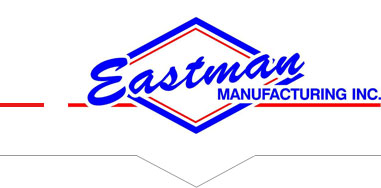Why Hoist Lines Are A Necessity
How Hoist Lines increase Performance Output
Hoist Lines can come in handy when your work involves heavy lifting. With the hoist heavy loads can be relocated rather quickly without too much time and efforts. In the construction of high rise buildings, hoists become the temporary elevator to transport personnel and construction materials from the ground to the top floor or mid level work sites. Not only do the hoists reduce the production time but it also allows for the movement of materials in a more efficient and organized manner. However, operating a hoist is no simple matter which requires the operator to be well trained and experienced so that the hoist lines do not meet any unnecessary accidents.
Increased productivity and cost effectiveness by working with a hoist
Do you imagine how long it will take for manual labor to bring materials to the top floors of a ten story structure? How about if there is heavy load that needs to be relocated? How much manpower would it take? It will certainly affect the overall costs of construction not to mention the time period with which the work should be completed. With the hoist lines, not only is the need for manpower reduced but the job can be completed for a fraction of time. Not only will the hoist lines affect productivity but performance since the workers wouldn’t be too strained and fatigued. Significant savings are realized because of the reduction in manpower coupled with high productivity and improved performance. The hoist can be a very crucial investment. When not in use, it can easily be rented out to other construction sites to earn its own keep.
Why the electric hoist is more common in the worldwide market
The most commonly used type of hoist is the electrically powered hoist even if there is manually and hydraulically powered equipment existing in the market. This is more effective cost-wise because of the less manpower involved in running the hoist lines and the capacity for heavier loads. The electric lifting devices are also more versatile because they can carry heavy loads sideways or vertically besides the more common horizontal direction. Work in construction tends to vary and the versatility of the electric hoist reduces the need to invest in two machines when one equipment can perform both functions. In terms of sound, the sound levels of the electric hoist are more comfortable to the ears when compared with the manual and hydraulic hoists. However, this involves more frequent maintenance to keep the hoist in good working condition.
While hoists have been predominantly manufactured in the market, most of the industrial market rent out the hoists to specific construction projects. This tends to be very effective compared to making an investment in a hoist as there is less maintenance since the leasing company usually takes care of servicing including the provision of spare parts, erection and dismantling. Hoists are always subjected to high wear and tear because of their functions and repairs can be extensive which will add to the overall costs of maintenance.






